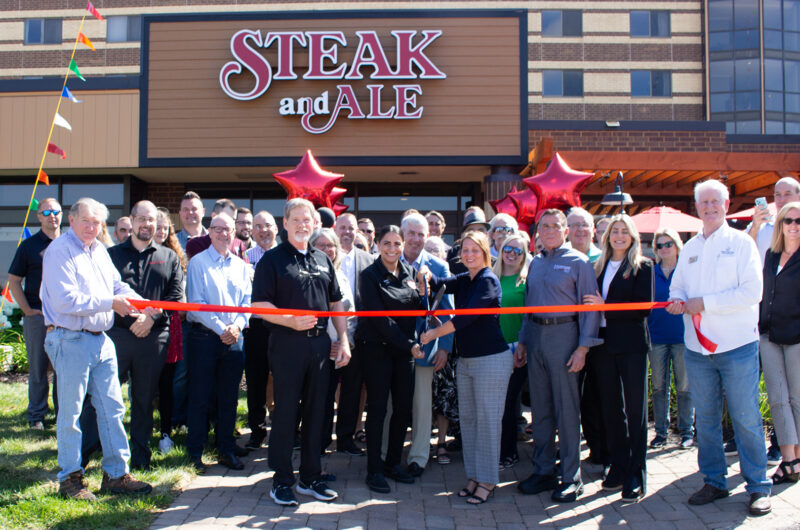I’ve been stewing on this for a while, this infuriating tendency in our industry to build walls where we should be building bridges. Don’t fence me in. It’s a classic anthem of freedom, but it’s also a deeply resonant frustration in a world where we’re constantly building silos from a business and technology perspective, a self-imposed speed limit on the art of the possible.
The classic operational fiefdoms—revenue management over here, marketing in its own corner, sales operating on an island, and the front desk running on a completely different planet. Each department has its own metrics, its own technology, and its own narrow worldview. And what’s the result? A disjointed, fragmented, and often frustrating experience for the customer. They don’t see our internal organizational chart; they see one brand, one experience. When a booking preference gets lost or a check-in isn’t seamless, it’s not a “silo problem” to the guest—it’s a brand failure.
Technology, for all its promise, often complicates things. We’ve created a Frankenstein’s monster of disparate, single-purpose applications. A “best of breed” approach that, more often than not, results in a collection of one-trick ponies that refuse to talk to each other. We’ve got a revenue management system that optimizes price in isolation, a CRM that knows the guest but can’t influence their stay, and a marketing platform that operates on its own schedule. It’s like having a brilliant symphony orchestra where each musician plays their own beautiful piece of music, completely ignoring the conductor and the other players. The individual parts might be perfect, but the collective performance is a cacophony.
This isn’t about being anti-specialization. A chef needs to focus on the kitchen, and a front office manager needs to focus on the guest experience. But their systems—their intelligence—must be connected. The greatest opportunity lies in the intersections, in the seamless flow of information that allows for truly holistic, insightful decision-making. Imagine a world where the marketing team knows, in real-time, the demand curve from the revenue management system and can launch a targeted promotion to fill a specific date. Or where the front desk, empowered by data from the CRM and a guest’s loyalty profile, can preemptively solve a problem before the guest even has to voice it. This is the promise of connected thinking, of breaking down the walls.
The irony is that the technology to bridge these gaps exists. The challenge is our own organizational inertia and our addiction to old ways of working. We’re so comfortable in our little fiefdoms that the idea of sharing data and breaking down departmental barriers feels like a threat, not an opportunity. This silo mentality limits our vision, stifles innovation, and leaves us perpetually playing catch-up to a world that has already moved on. The world of true competitive advantage lies not in owning the best individual parts, but in the art of putting them all together into a seamless, interconnected whole.
Life is so tech. But its true power is only unlocked when we stop thinking in silos.
Mark Fancourt


